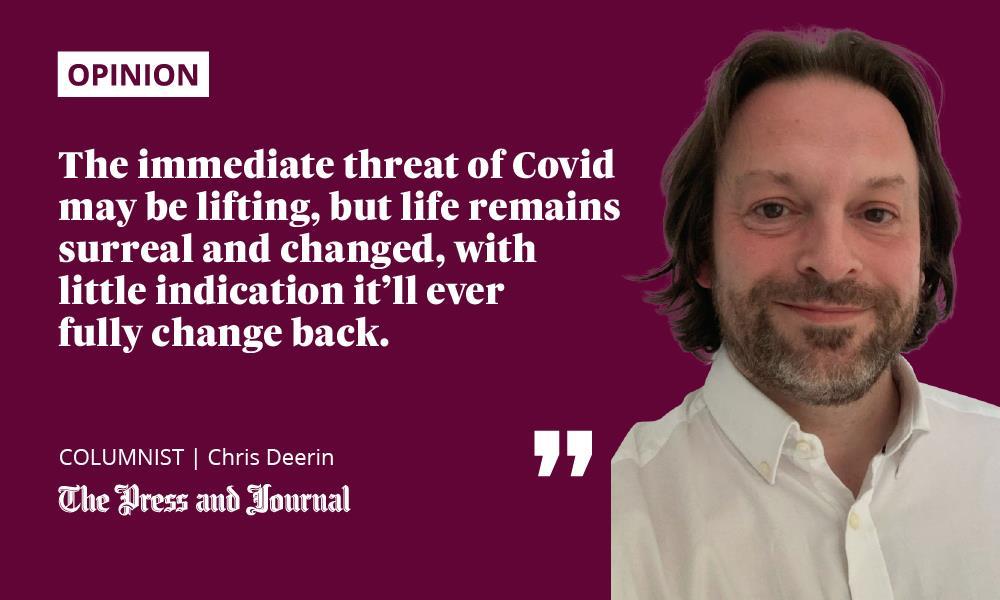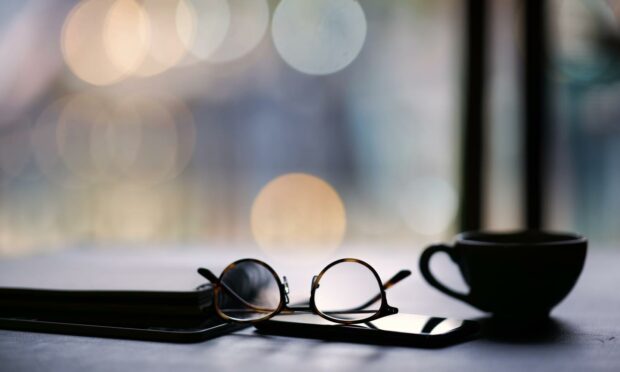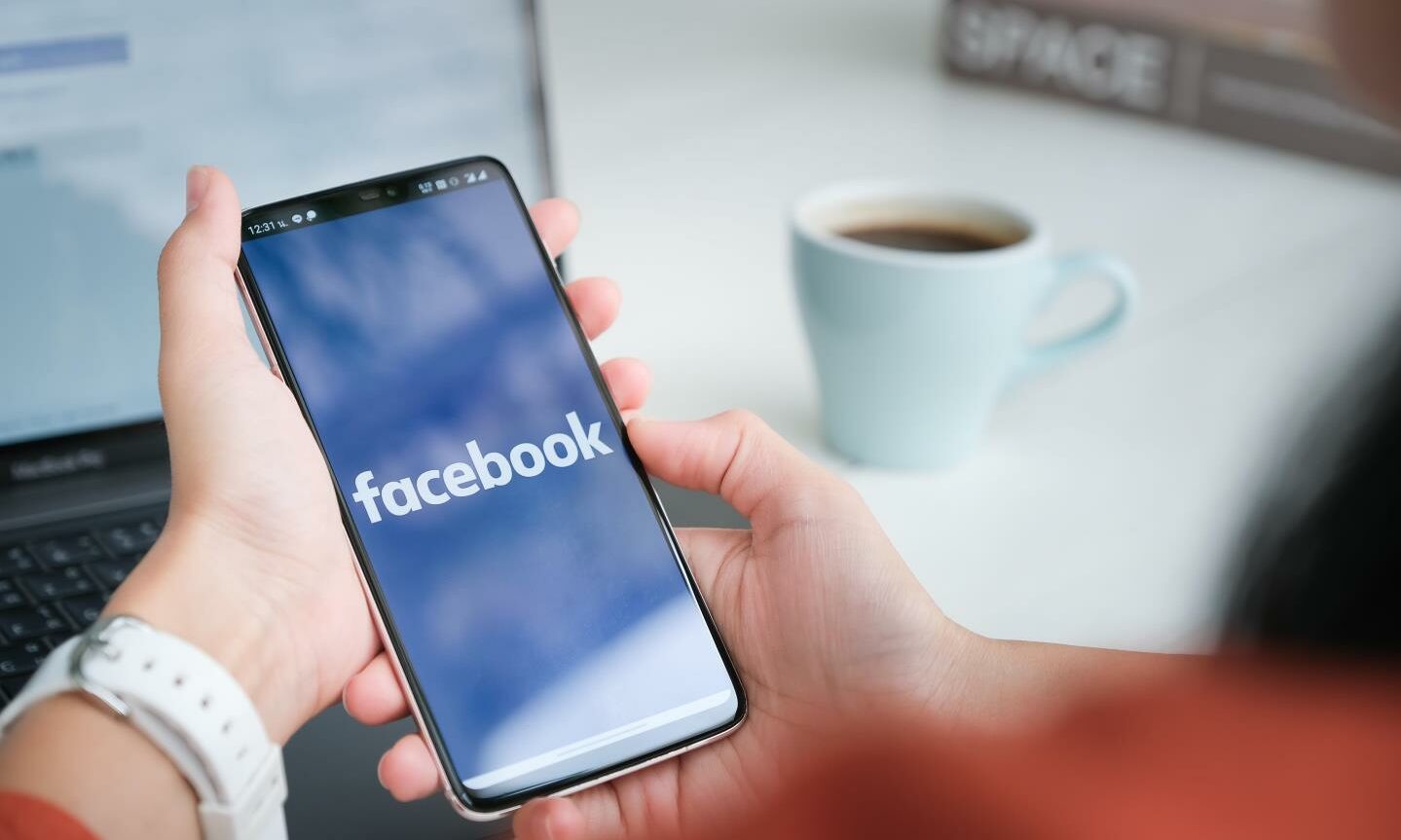I’ve just checked my phone. It’s 03.26.
A few moments ago I shifted a snoozy, outraged cat from my chair, sat down at my desk, turned on my desktop, created this file, called it “PJsleep”, changed the font to Baskerville, 18 point, and started typing. I’ve been awake for 20 minutes – it was 03.06 when I woke and first looked at my screen.
At least five nights a week, I come to in a dark and silent house, slip into comfortable clothes and make my way downstairs. If I’m lucky the clock will begin with an 03. Often it’s 02-something.
 Insomnia. It began during the first lockdown and has been my constant companion ever since. I’m not drowsy when I wake, quite the opposite – I’m thoroughly alert, in a reasonable mood and ready to start the day. I’ve learned not to bother trying to get back to sleep, as there’s no point and my twisting and turning will only disturb my wife. I then do everything the sleep websites tell you not to – guzzle a coffee or two, stare at a bright computer screen, even step into the back garden and smoke a cigarette from a pack I keep in a drawer for this very purpose (I know, I know).
Insomnia. It began during the first lockdown and has been my constant companion ever since. I’m not drowsy when I wake, quite the opposite – I’m thoroughly alert, in a reasonable mood and ready to start the day. I’ve learned not to bother trying to get back to sleep, as there’s no point and my twisting and turning will only disturb my wife. I then do everything the sleep websites tell you not to – guzzle a coffee or two, stare at a bright computer screen, even step into the back garden and smoke a cigarette from a pack I keep in a drawer for this very purpose (I know, I know).
I should say that I don’t even mind, particularly. I’ve always been an early riser and enjoy the churchlike peace of a house that in daylight hours can be akin to Times Square. If it’s a column day I’ll get down to it, imagining the tearful gratitude on my editor’s face when she logs on hours later to find I’ve filed “nice and early”, as always requested but with little real expectation.
There’s plenty more to fill the time. Last Friday I watched a four-hour documentary about drumming. Sometimes it’s a movie. I’ll often read a novel, or the recently uploaded morning newspapers, or look up 1980s music videos on YouTube. Sometimes a bit of all this.
More cases of insomnia since lockdown
Insomnia is defined by the American Academy of Sleep Medicine as “persistent difficulty with sleep initiation, duration, consolidation or quality”. It says that chronic insomnia is “characterised by symptoms that occur at least three times per week for at least three months”. Ah.
I’m one of those people who has no problem falling asleep – I just can’t stay that way. This is, in the lingo, “sleep maintenance insomnia”, apparently common in elderly sleepers, as well as those who consume alcohol, caffeine, or tobacco before bed. I don’t do any of that and I’m hardly geriatric, whatever my kids might think.
“I imagine all these fellow ghosts, haunting the wee hours in quieted houses across the nation, watching dreary Adam Sandler films on Netflix while draining their third cup of tea, or finishing that niggly report, or, like me, bopping along to the video for Walk Like an Egyptian
Neither am I especially stressed. I’m in reasonable health, as are the people I love, have a steady, stimulating flow of work and, for the moment at least, no major money worries. I’ve reached the age where the clattering ambition of youth and the jangling anxiety of status have released me from their claws and I’m relatively happy with my lot. Life is OK.
So what gives? Sleep studies seem to put the prevalence of insomnia at somewhere between one sixth and half of the population. The number struggling with the condition has risen during Covid restrictions. I imagine all these fellow ghosts, haunting the wee hours in quieted houses across the nation, watching dreary Adam Sandler films on Netflix while draining their third cup of tea, or finishing that niggly report, or, like me, bopping along to the video for Walk Like an Egyptian.
Insomnia has become a habit
The best explanation I can give is that my insomnia has simply become a habit. Lockdown took away the tight discipline of office attendance, the need to be up and washed and dressed and on a train by a certain hour. Many people I know have, if anything, become more productive working from home over the past 18 months or so, but as the reins have slipped off so has their timekeeping and the regularity of their hours. When it’s slow it’s slow, when it’s busy it’s busy.
From speaking to friends, the afternoon siesta has made the hop from blazing Latin countries to chilly Britain – one pal says there’s no point calling him between 2pm and 3pm most days. As the day wears on and my lack of sleep tells, it’s not unusual that I too will conk out for an hour in my office chair, feet on the desk, neck at some spine-twisting angle. The immediate threat of Covid may be lifting, but life remains surreal and changed, with little indication it’ll ever fully change back.
There’s a line in Samuel Beckett’s Waiting for Godot where Estragon tells Vladimir “I can’t go on like this”. “That’s what you think,” his companion replies. That’s roughly where I am. It’s 4.44am. See you in the morning.
Chris Deerin is a leading journalist and commentator who heads independent, non-party think tank Reform Scotland











